
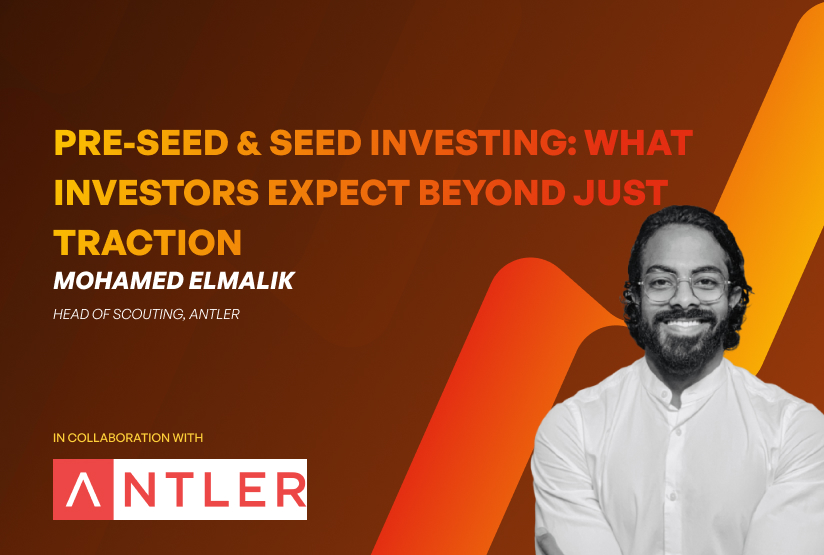
ExitStack Unfiltered w/ Mohamed Elmalik: Pre-Seed/Seed Investing - What Investors Expect Beyond Just Traction

Newsletter
Mohamed Elmalik, originally from Sudan and raised in Qatar, is a Stanford graduate. He began his career in consulting before joining a prop-tech startup in 2019, where he established operations in multiple U.S. cities. Following his move to venture investing, he spent two years at an early-stage fund in the Bay Area, focusing on Seed and Series A investments in sectors like SaaS, e-commerce, and cybersecurity. In 2022, he returned to the Middle East as the scouting lead for the MENAP fund at Antler.
At Antler, Mohamed supports founders through a 10-week Residency Program that offers $180,000 for 11% equity and additional funding for successful teams. He also provides direct investments for existing startups. Antler is committed to backing founders in the MENAP region, offering essential support like investor introductions and strategic guidance to help them scale their businesses. Antler has been global for under a decade, with 18 regional funds across all six continents, maintaining its core focus on backing founders at the inception stage.
ExitStack: Antler emphasizes "day zero investing." How do you define this for founders—is it pre-product, pre-revenue, or idea-stage?
Mohamed Elmalik: Nothing is too early for us. While having a strong idea or problem space is crucial, a formal business plan isn't a requirement. We look for a unique perspective on a solvable problem. Let’s say, around 30% of founders have some traction (customers, beta product, waitlist), but no venture funding. The remaining 70% have an idea, a problem they're excited about, or a unique angle. For technical founders who lack a clear idea, we facilitate connections with commercial counterparts. Our experience from past ventures helps shape ideas and provide crucial early-stage direction, guiding founders to figure out the right strategy to take them from zero to one by leveraging pattern recognition and historical insights.
ExitStack: When scouting for startups, you prioritize exceptional founders. What makes an ideal founder stand out at day zero, and what traits do you look for as a venture scout or VC?
Mohamed Elmalik: I look for three main characteristics. First, an extraordinary level of ambition. This means having a history of pursuing difficult things, like building a product, dropping out to follow an unconventional path, or even leaving a lucrative job for a passion. It's about identifying and solving a significant problem because you're passionate about it.
Second, the ability to execute, or running through walls, as many investors would say. Having examples of past execution, even if they involve failures, is more valuable than just having numerous ideas without taking action. I prefer someone who executes at all costs over someone stuck in analysis paralysis.
Third, what's often called a "spikiness" or something that sets you apart; this could be a unique skill, a specific insight into a space, or deep domain expertise. For instance, having 10 years of experience in agritech means understanding not just the business but also knowing what keeps farmers up at night and having a list of 50 potential customers you can reach out to on day one.
Beyond these core three qualities, emotional intelligence, risk appetite, and problem-solving abilities are also valuable. However, the first three traits are essential for a standout founder right from day zero.
ExitStack: Does traction matter for early-stage startups, or are other factors more important?
Mohamed Elmalik: Traction proves your product's value and shouldn't be ignored. For direct-to-consumer products, even if it takes time to scale, you can still secure beta users: the first five people who love your product. If acquiring these initial users is difficult, it may indicate that your product needs refinement.
However, certain companies, like those building genomics platforms, may not have customers for up to a year. In these cases, we look for initial interest, letters of intent, partnerships, and customer validation. This goes beyond desk research; it's about engaging with potential users to understand their needs. Follow the principles of "lean startup 101" by talking to potential users, understanding their problems, and showing me why you think they need this product in their life—in their words, not just yours. Many ideas fail because they don't solve a critical "hair-on-fire" problem or integrate well into user flows; they're "nice-to-haves," not "must-haves."
Validating the problem drives initial customer excitement and investor interest from day zero. After the first check, acquiring customers is paramount. Even for B2B solutions, you can build a beta version without a large tech team. Get a beta product into customers' hands, or secure design partners. These partners provide crucial validation for complex products and will eventually become paying customers.
ExitStack: Is Antler looking to invest in Bangladesh?
Mohamed Elmalik: Antler MENAP, established two and a half years ago, is not opposed to investing in Bangladesh. However, we require ventures to have regional or global scalability. While we haven't yet invested in a Bangladesh-based founder building in Bangladesh, we are open to products that can scale across the region.
ExitStack: From a VC perspective, what traits indicate a founder isn't ready for VC investment? It's easy to have an idea and contact top-tier funds without a pitch deck, but what specifically makes a founder not VC-ready?
Mohamed Elmalik: It comes down to two key aspects. First, it’s crucial for founders to understand what "VC scale" means. Many smart founders with impressive resumes and interesting ideas can secure early customers, but their operational ceiling might be a $5Mn business. Founders face an important decision: whether to build a profitable, medium-term business (like a consulting firm or lifestyle business) or something that disrupts industries and creates new value, potentially leading to a $1-5Bn outcome in seven years (like an infrastructure layer in cybersecurity/AI). This often means sacrificing near-term cash flow and enduring severe challenges to build something significant and category-defining.
Second, there’s the aspect of "willingness." This includes motivation and the practical realities of early-stage startups. Founders need to understand the painful journey ahead and have enough runway to sustain themselves, as early salaries won't be high. Depending on a salary to maintain a high-end lifestyle while building a startup is often unsustainable. Ultimately, it's about wanting to achieve real scale and the willingness to do the hard work to get there.
ExitStack: In VC funding, only 1-2% of inbound leads convert into checks, while the majority are either on hold or rejected. What's the best way for a founder to re-engage with a VC after receiving a rejection or "on hold" message? Rejection can be a blessing in the startup world, so how should founders act?
Mohamed Elmalik: First, understand why you were rejected. Gather feedback from multiple investors to identify common concerns. If 20 VCs reject you, something's likely amiss. Focus on the 1-2 major recurring concerns.
Second, if an investor delivers a clear "no," don't add them to a mailing list. However, if they suggest staying in touch, for instance, asking to reconnect once you gain more traction, be proactive. When you hit a major milestone (revenue, traction, partnerships), send a very short email. Aim for three bullet points highlighting these updates. For example: "Since we last spoke, this happened, we gained this traction, we signed these three partners. Would love to hop on a call to share updates." Such concise emails, highlighting critical business developments in the last 3-6 months, often get me to take a call.
Third, understand when to stop pursuing a fund. If a fund is predatory, not founder-friendly, unresponsive, or puts you on hold indefinitely, it's time to move on. They're no longer a warm lead, and you should stop reaching out.
ExitStack: Are there any specific sectors that interest you or Antler currently?
Mohamed Elmalik: As an early-stage investor, we don’t have a specific sector mandate, but market forces have led us to lean toward fintech, e-commerce & logistics, and general B2B sales enablement. These areas reflect the region's later-stage funding and customer demand. However, we have also invested broadly in agritech, cleantech, consumer hardware, genomics, and biotech, keeping an eye on all opportunities while recognizing regional hotspots.
ExitStack: How region-locked are the coaching and the resources? If a dev tools company is looking to focus on growing its customer base in North America, is it more appropriate to apply to Antler US or Antler Canada?
Mohamed Elmalik: The US is the biggest market for dev tools. Unless there's a compelling local advantage, prioritize the US for its larger customer base and greater willingness to pay, which ultimately fosters stronger companies. So, I would consider that. Your target customer base dictates the best region.
ExitStack: If a startup is looking to expand to the MENA region, and a few investors are on the cap table, should it apply to the Antler UAE program?
Mohamed Elmalik: The residency only accepts founders or startups that have not raised funding before, which is why it's a day-zero idea stage. Therefore, having investors on the captable is one of the core elimination factors of the program. Exceptions may be made for unofficial funding rounds, such as those from family and friends. Additionally, non-dilutive grants or equity-free funding are also acceptable. However, if you have formal funds on the cap table, then the residency is not a fit, and I suggest reaching out directly for a deal approach.
ExitStack: Does Antler require the founders to be present in person for the residency program? Or can they attend from anywhere in the world?
Mohamed Elmalik: It's in person and it's full-time. We host in Riyadh and Dubai. Our upcoming one is in Riyadh, Saudi Arabia. Since Antler has a global presence, the closest one to Bangladesh is probably Singapore.
ExitStack: Can you share why Antler decided to do the residency program in-person and why that makes a difference while founders build their MVP alongside other founders and builders?
Mohamed Elmalik: Our core value proposition is enabling founders to find co-founders. About 80% of participants join as individual founders. While initial activities occur online, the real magic happens during the in-person residency. It's incredibly challenging to find a compatible co-founder among, say, 80 people online. The intensive 10-week in-person program, where individuals spend extended periods in close quarters, fosters deep connections and facilitates thorough vetting of working styles, interests, and expertise.
This environment also allows for invaluable direct mentorship and knowledge exchange with experienced individuals. We observed firsthand during a one-week online session during our last cohort that participants preferred the in-person format, as it's crucial for building relationships and effective collaboration. The in-person experience is essential for success.
ExitStack: How does Antler support companies at the pre-seed level, and what do you expect from hardware or climate-related companies that focus on mobility?
Mohamed Elmalik: We provide the same kind of support for every company we invest in. If you're part of our portfolio, we'll assist you with GTM, fundraising, hiring, strategies, and other fundamental aspects of the business. This level of support remains consistent, regardless of the stage of the company.
Regarding hardware companies, we look for a clear and tangible path to both revenue and profitability in the medium term. Hardware businesses are notorious for high cash burn, and for any investor, it’s crucial to believe in the viability of the business model. The business model has to be sound, and the path to profitability has to be clear, even if it requires significant cash burn in the process. In addition, the round size needs to make sense. You must have enough runway to allow you the space and time needed to demonstrate that your unit economics work at scale.




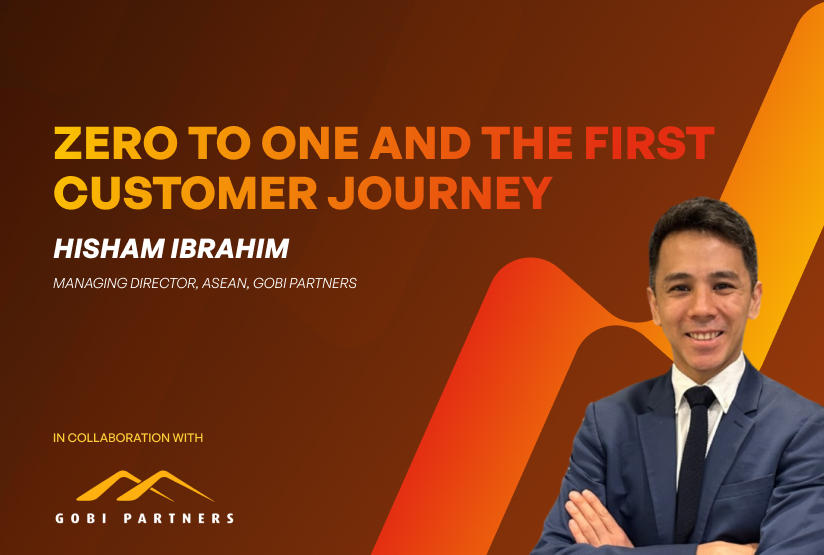
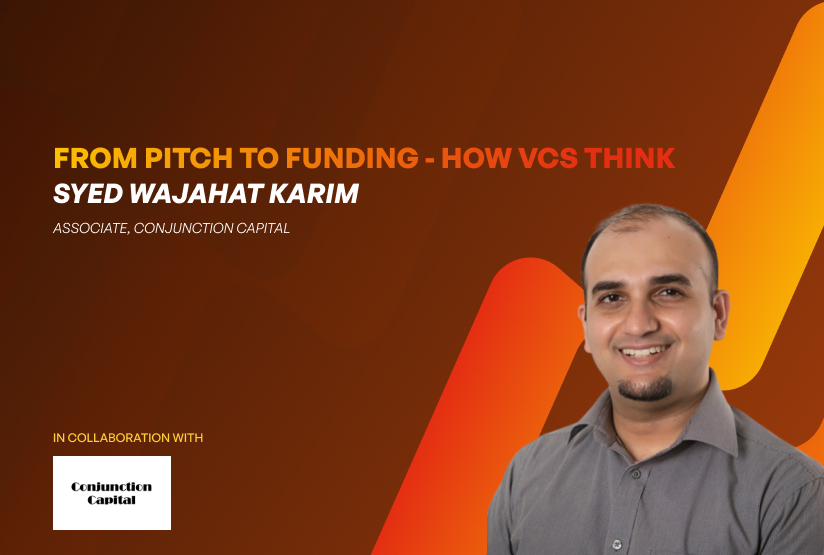

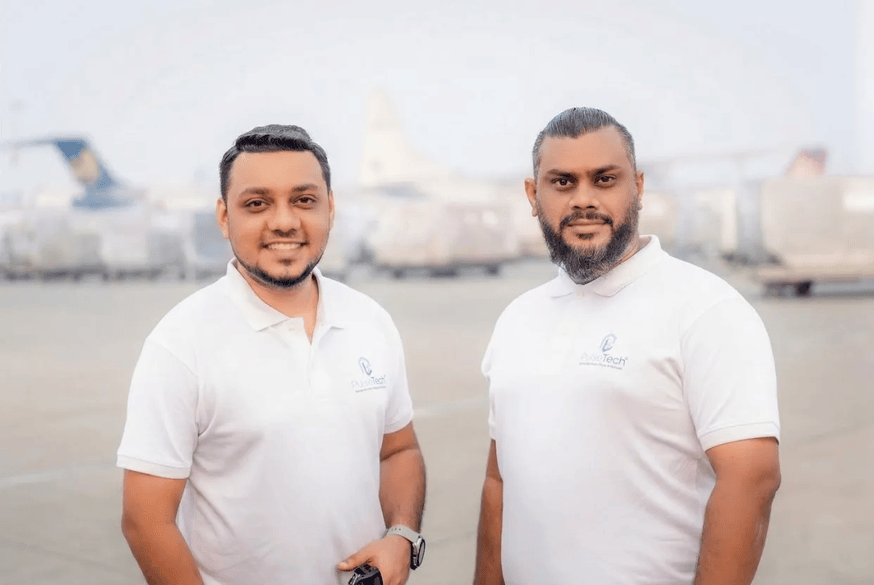

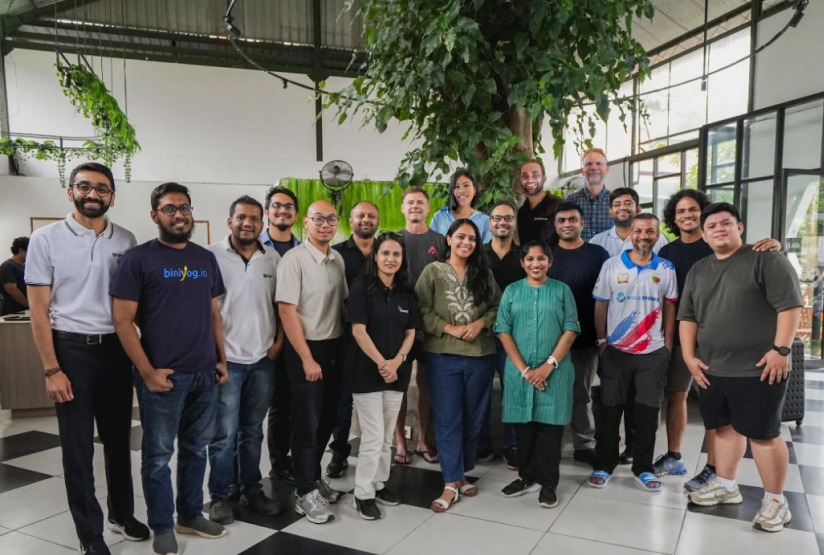
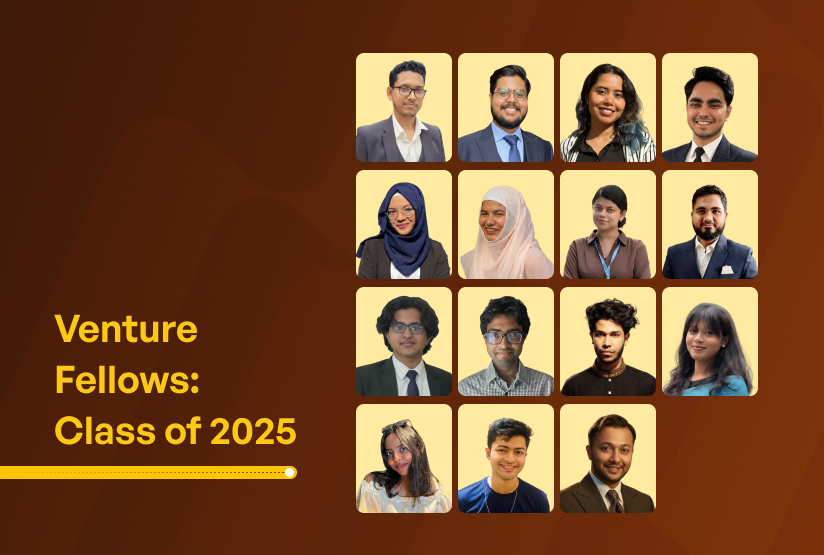


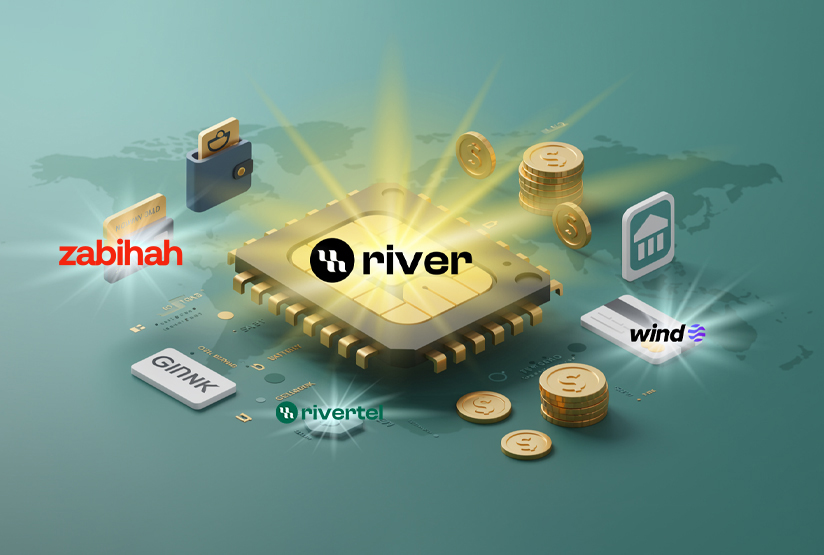
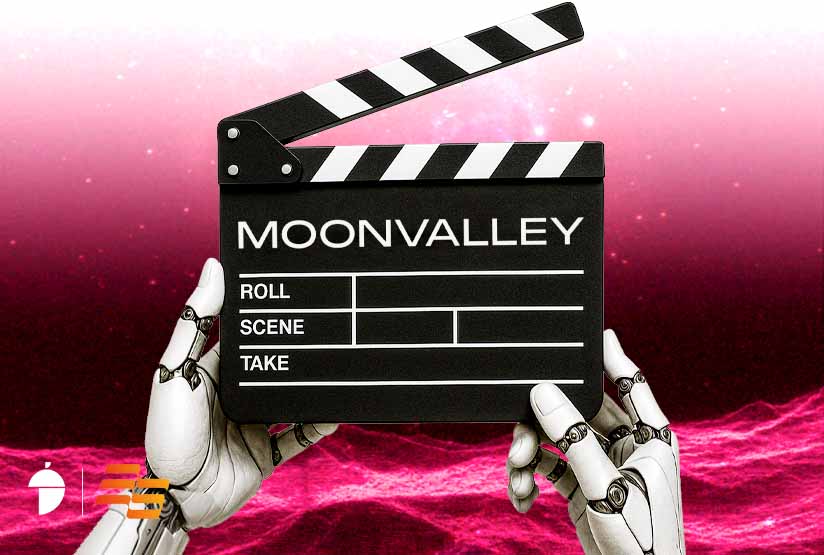





.jpg)
.jpg)





.jpeg)



.jpg)


















.jpg)


.jpg)
.jpg)

.jpg)
.jpg)



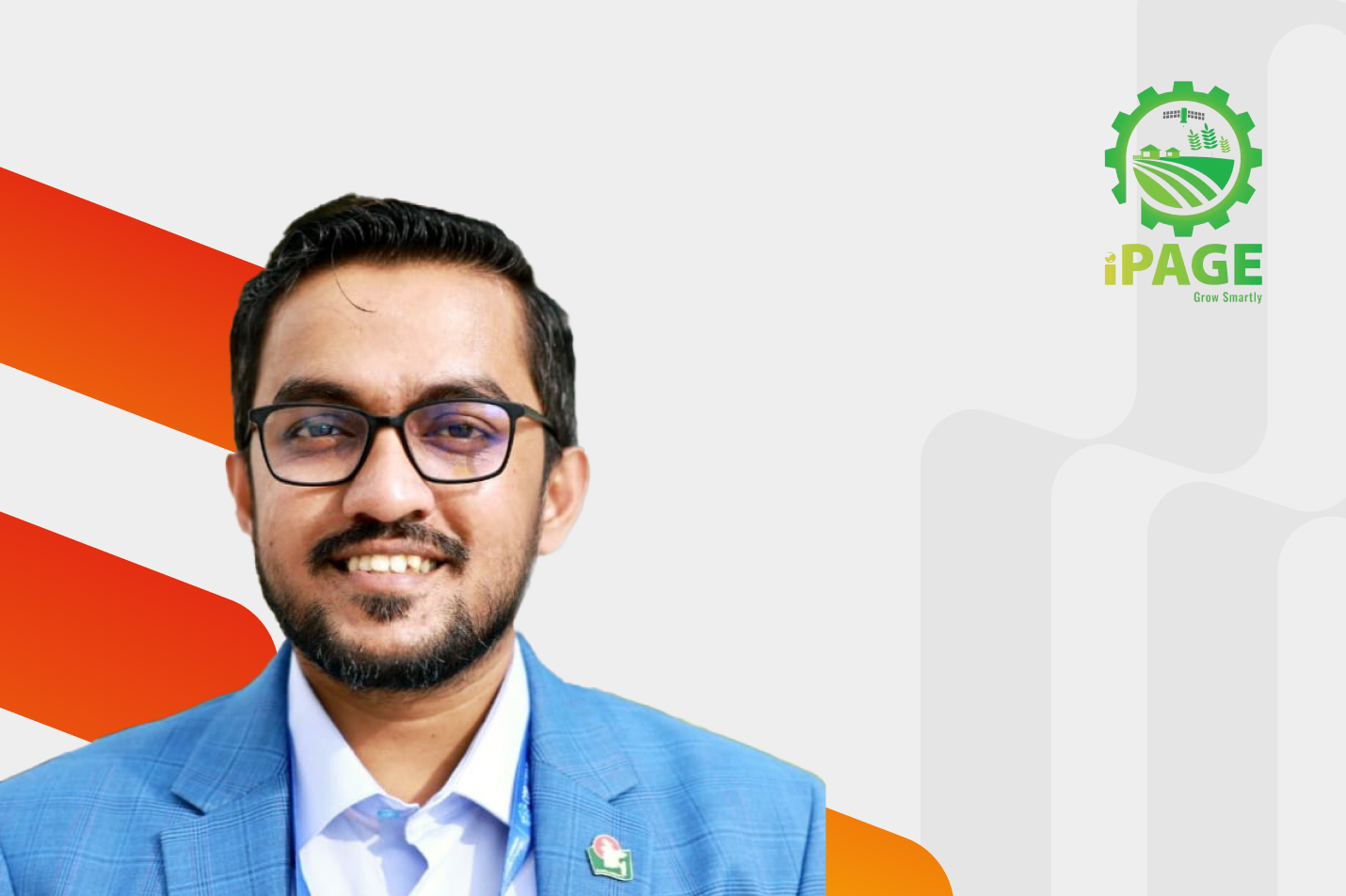














.jpeg)












..jpg)
..jpg)



.jpg)






